If you had to use whatever what was at your disposal to defend yourself, how adaptive could you be in the moment? Is it possible being confronted in the confines of your own home or bathroom, you could grab the nearest object to assist you, even it it was a towel or piece of clothing?
There are many ways to use a rolled towel, a scarf, cape, jacket or cardigan to trap, ensnare or deceive an opponent. Whip off your belt if you need allowing you to block, parry, trap, throw and choke someone.
Imagine you are walking a dog and you use the leash. It’s already there so use it. Your dog might not be as helpful as you wish so you better adapt quickly. If it’s a small dog, it might only offer a small moment of distraction until it is disabled and you’re on your own. What can you quickly grab that’s on your person to give you an advantage?
How about the strap of your shoulder bag? You have a great weapon right there. A man in a suit could be wearing a tie – rip it off and use it. Even a cord of an electrical device that is lying around in the kitchen or bathroom can be adapted if needed. Think of extending your reach and using something you can grab and snatch a limb with giving you some leverage to disarm and throw.
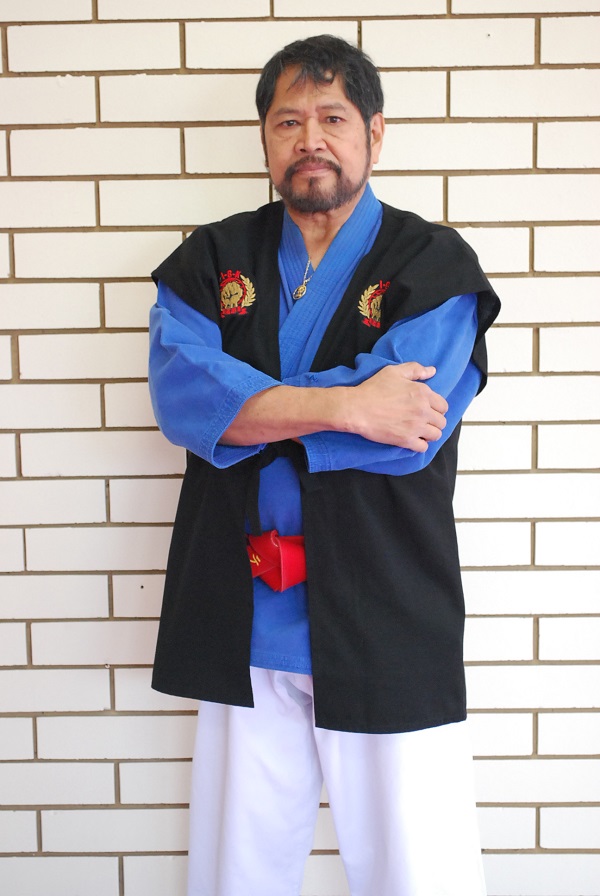 A rolled towel can be used as a partial defense rolled around your arm if under a knife attack allowing a small but partial added layer of defense to your wrists.
A rolled towel can be used as a partial defense rolled around your arm if under a knife attack allowing a small but partial added layer of defense to your wrists.
When the timing is right, the rolled towel can be applied to grab and snatch a punch or kick, throw the opponent then choke if necessary.
There are no end to the techniques you can use. We all know what a wet towel can do when flicked. How about flicking it at the eyes or face to inflict damage, perhaps the groin?
Use it as a whip then strike the sensitive areas. Throwing the towel in the face could provide a moment of distraction to simply escape and flee.
The action of trapping and grabbing a limb is derived from the mawashi uke circular blocking technique using two hands moving in different directions.
If both hands were gripping either side of a towel, the applied action quickly twists the towel around the limb thrust towards you, being a wrist or foot, allowing you to then use your body torque to pull the attacker off balance into a throw, take-down or slam into them into a wall.
The same circular mawashi uke is used in applying a choke hold where the towel is quickly placed around the neck instead of a limb and the body will surely follow where you lead the neck.
These all fall into the category of flexible weapons. In every culture the kerchief, bandanna or accessory of clothing has been used as a humble piece of cloth to assist defense. Putting a quick knot in its centre would generate a choking tool like a garotte.
The Indonesians, Bruneis and Filipinos would often wear a sarong or sash and there is a long cultural history of techniques used with the sarong in Silat and Kali. The ninjas were renowned for using many soft or flexible weapons seemingly pulling them out of nowhere.
A sap is weapon where a heavier object is loaded into a flexible weapon and swung. Grab any solid object, wrap it in the centre of the towel or scarf and you’ve increased your reach. A good strike in the temple could disable your opponent or break a wrist coming at you.
Tino Ceberano Hanshi demonstrated these techniques on daytime television for many years in the days of the Roy Hampson Show, the Bert Newton Show and In Melbourne Today. His motto today remains as “Be armed to stay unharmed” even it as simple as using a towel.

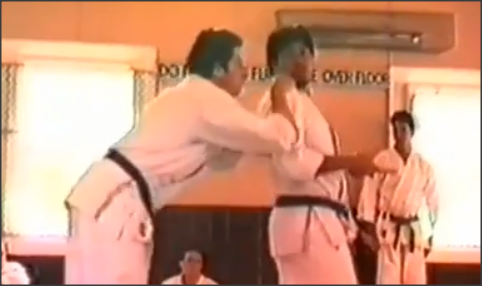
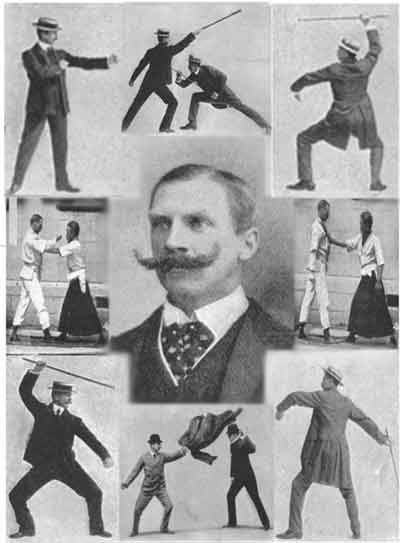 Baritsu
Baritsu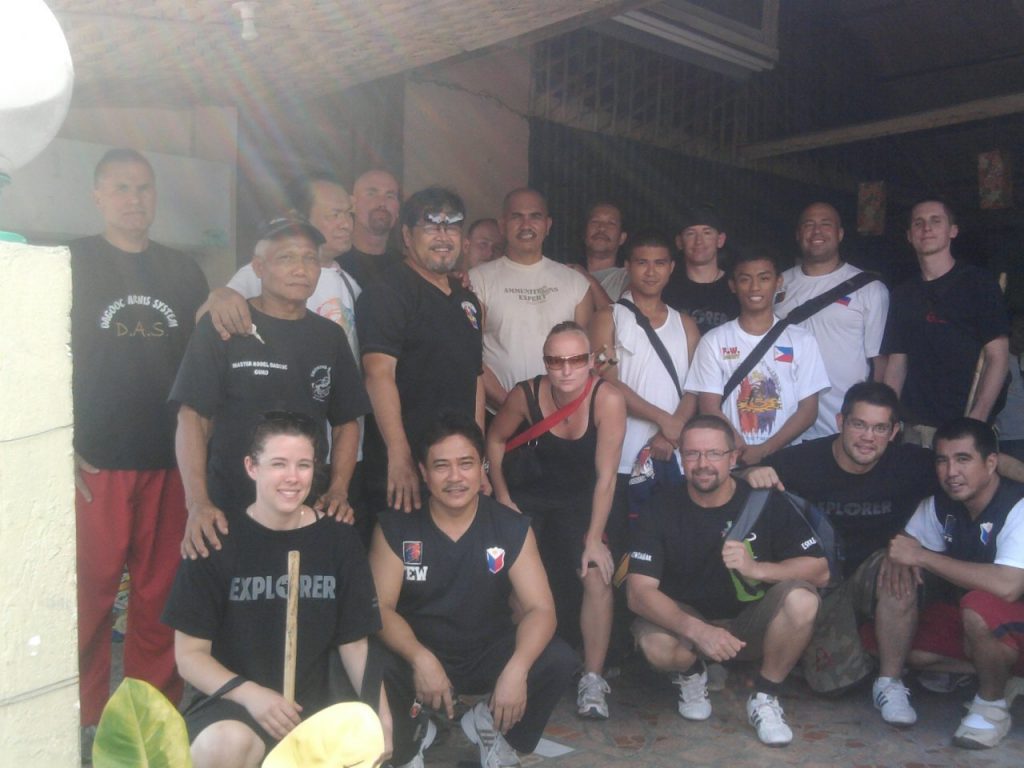
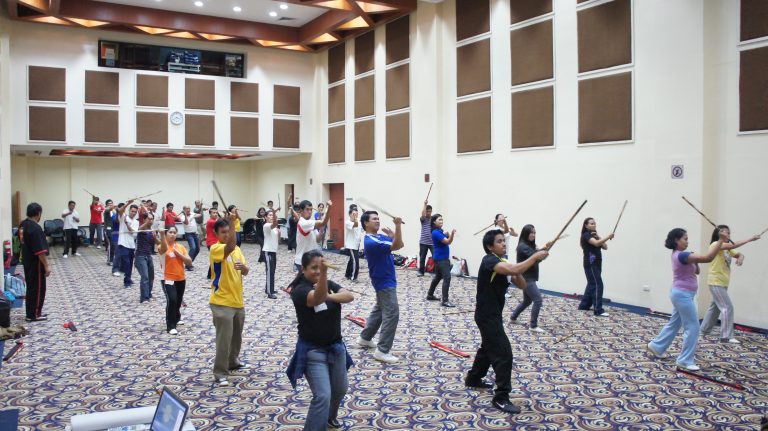 Pinoy martial art begins with the weapon training using wooden sticks.
Pinoy martial art begins with the weapon training using wooden sticks. And one group is working doubly hard to promote not just Arnis, but Filipino Martial Art (FMA) here in the Philippines and in the whole world: the Filipino Elusive Warriors (FEW).
And one group is working doubly hard to promote not just Arnis, but Filipino Martial Art (FMA) here in the Philippines and in the whole world: the Filipino Elusive Warriors (FEW).